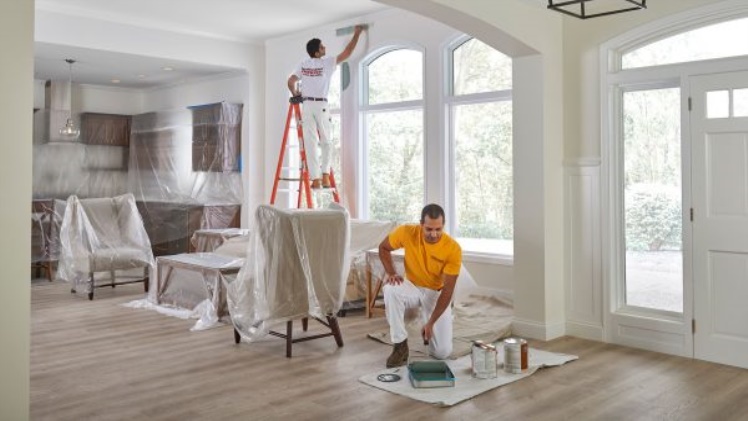When you invest in painting your home, office or any other surface, you expect it to last long and maintain its original beauty. However, over time, paint can start to show signs of wear and tear. Inspecting your paint regularly can help you identify potential problems and take corrective action before they turn into bigger issues. In this article, we will discuss what you should look for when inspecting your paint and how to address any problems that you find.
Why Inspecting Your Paint is Important
Paint provides an aesthetic finish to your surfaces, but it is also a protective layer that shields the underlying material from damage. Inspecting your paint helps you determine whether it is still serving its purpose or if it needs repair. If you neglect to inspect your paint, problems such as peeling, chalking, and fading can go unnoticed, leading to costly repairs or replacement.
What You Should Look For When Inspecting Your Paint
Cracking and Peeling
If you notice any cracks or peeling in your paint, it is an indication that the paint is failing. It could be due to poor adhesion, poor surface preparation, or environmental factors such as exposure to moisture and temperature changes. Cracking and peeling can be repaired by scraping off the loose paint, sanding the surface, and applying a new coat of paint.
Fading
Paint can fade over time due to exposure to sunlight and weather. If you notice that your paint is losing its colour, it is time to consider repainting. However, before repainting, it is important to identify the cause of the fading and address it. For instance, if the fading is due to exposure to sunlight, you may consider using a paint with better UV resistance.
Chalking
Chalking is a phenomenon where the paint surface starts to break down into a powdery substance. It is usually caused by exposure to sunlight and weather. Chalking can be an indication that the paint is losing its protective properties and is no longer functioning as it should. If you notice chalking on your paint, you may need to consider repainting with a higher-quality paint.
Blistering
Blistering occurs when the paint surface forms bubbles or blisters. It can be caused by moisture, heat, or a combination of both. Blistering can be repaired by scraping off the blistered paint, sanding the surface, and applying a new coat of paint.
Rust
If you notice rust on a painted surface, it is an indication that the paint is no longer providing adequate protection against corrosion. Rust can cause extensive damage to the underlying material, which can be expensive to repair. To prevent rust, it is important to ensure that the surface is properly prepared before painting and that a high-quality paint is used.
What to Do When You Find a Problem
If you find any problems with your paint, it is important to take corrective action as soon as possible. Ignoring the problem can lead to further damage and additional costs. Depending on the problem, you may need to either repair or repaint the surface. In some cases, you may need to hire a professional NACE Coating Inspector to assess the extent of the damage and recommend the best course of action.
Inspecting your paint regularly is a crucial step in ensuring that your surfaces maintain their beauty and protection. By identifying problems early, you can take corrective action and save yourself from costly repairs or replacement. Remember to look for signs of cracking, peeling, fading, chalking, blistering, and rust. If you find any of these problems, take corrective action as soon as possible. If you are unsure of what to do, consider hiring a professional such as a NACE Coating Inspector to assist you.

